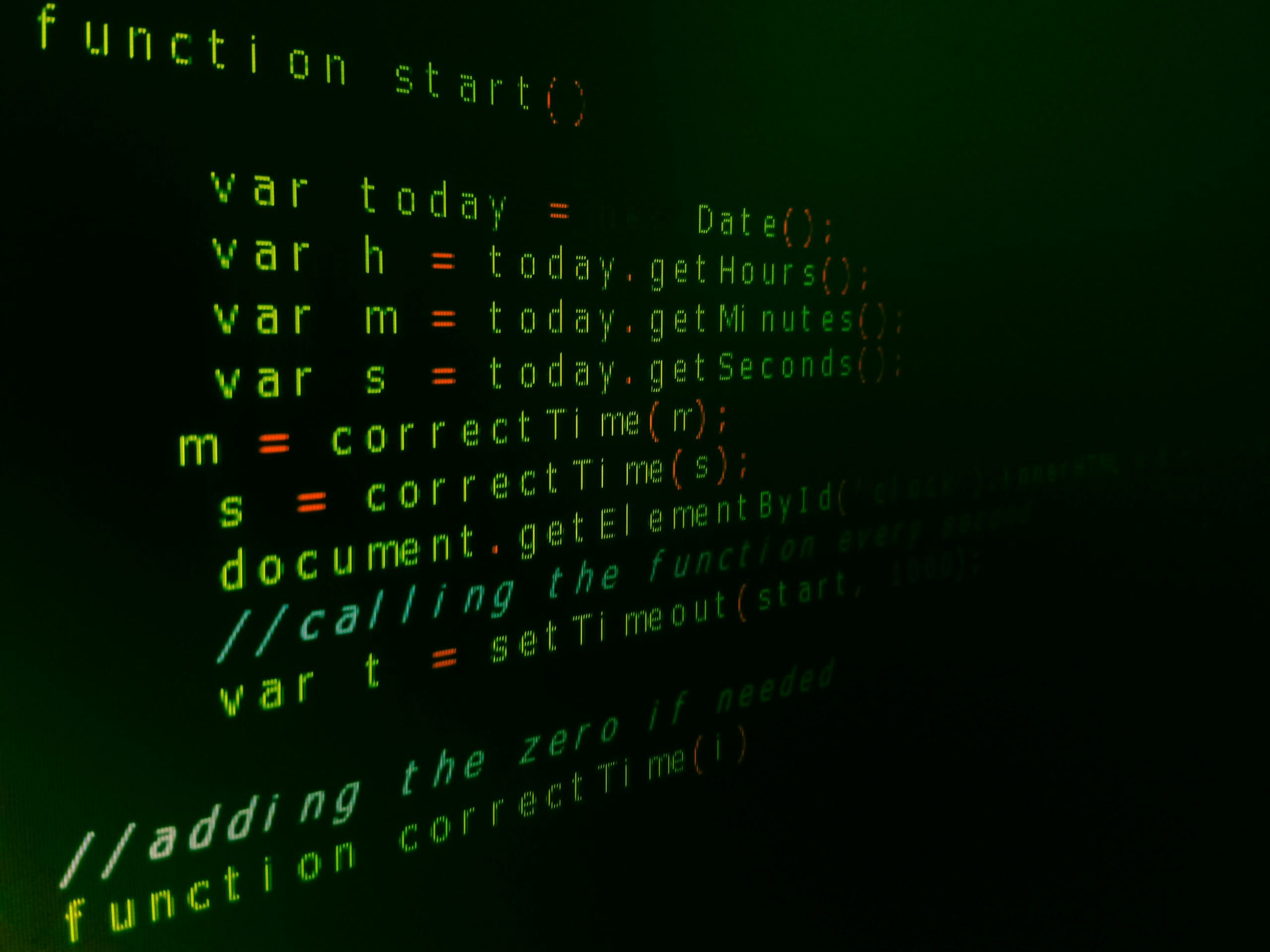Today, organizations are increasingly relying on SAP for their daily business operations. So the risk of potential security breaches is also increasing. From unauthorized access to sensitive data to the threat of cyber espionage, the risks associated with SAP systems are becoming more complex and challenging to navigate.
In this article, we will highlight several SAP security challenges that every organization should be aware of. Understanding these risks and knowing how to address them is essential to protect your organization from data breaches and fraudulent activity.
But first, let’s understand what SAP security is.
What Is SAP Security?
SAP security is a vital aspect of an enterprise’s overall cybersecurity strategy. It involves safeguarding the critical SAP business systems within organizations.
Common SAP security challenges include exploitation, fraud, data integrity risks, unauthorized access, and data leaks. Addressing these risks requires continuous, automated auditing and security monitoring of SAP systems. Effective management of these activities requires the close involvement of dedicated security teams.
SAP Security Challenges
Let’s have a look at some common SAP security challenges.
Non-secure Communication Protocols
A SAP environment contains various components, such as S/4HANA and business applications like SAP ERP. These systems use communication protocols like Remote Function Calls (RFC) and HTTP. Many of these protocols rely on stored login credentials that may lack basic security controls.
Complex Environments
SAP environments are a bit complex. With numerous components, each is requiring its login credentials. Sometimes, users tend to reuse passwords which is not a good practice. Because when you use a single password, you grant attackers access to multiple sensitive systems. Even when you enable single sign-on (SSO), password logins are still permitted.
Lack of Integration With the Soc
Even if your organization has a Security Operations Center (SOC) monitoring IT systems for security breaches, SAP applications are often not integrated with the SOC. Typically, SAP environments are managed in isolation by a dedicated SAP team. Additionally, the Security Information and Event Management (SIEM) system may not be configured to monitor SAP logs due to their special formats.
Custom Development
Every SAP system includes custom developments, reports, and transactions created by SAP programmers. These programmers often do not follow secure coding practices, which put critical applications at risk of ransomware, malware, unauthorized access, and other malicious activities.
Hybrid Environments
As new technologies emerge, the attack surface of SAP systems expands. Today, most SAP users manage hybrid environments that include both on-premises and cloud solutions. And these systems are even more complex to secure.
SAP Security Best Practices
SAP systems are the backbone of many business operations. Therefore, it is essential to ensure these systems are always secure and compliant with corporate policies. To help achieve this, here are some best practices you can follow to secure your SAP system:
Monitor User Activity and Implement User Access Controls
Ensure all users are granted only the necessary access required to perform their tasks. This restriction limits users’ access levels and minimizes the likelihood of unauthorized access.
Empower the Team to Take Responsibility
While team members may believe they are not accountable for the breach, the reality is that someone must take responsibility. It’s imperative to communicate this fact clearly to all team members.
Keep Updated With the Latest Enhancement Packs
Regularly verify that all patches and updates are consistently installed. It guarantees that any security vulnerability in SAP is addressed quickly.
Ensure Data Is Securely Stored and Encrypted
Establish a strong password policy. Require strong and unique passwords for every user, with periodic changes. Implement multi-factor authentication to complicate unauthorized access attempts. Regularly monitor user activity to promptly detect any suspicious behavior or potential threats.
Revert to Standard Installation
It’s crucial to reduce the risk of potential security threats by replacing outdated custom legacy code with updated, patched versions of programming language standards and SAP applications. To achieve this, remove any unused code to prevent the accumulation of vulnerable technical debt.
Identify Security Gaps
Ensuring security involves early detection. Similar to regular health checkups that enable early issue detection, conducting frequent assessments of your ERP system offers comprehensive insight into your ERP environment before making modifications and highlights any potential delays.
Get SAP Consultancy Now
Nowadays, organizations are facing an array of SAP security risks, cybersecurity vulnerabilities, and regulatory demands. Following these best practices helps in maintaining the security of the SAP environment. It’s crucial to understand that security and compliance is an ongoing process, requiring periodic reassessment and updates to align with industry standards.
At Phimax, we provide SAP consulting services in Germany so that you can protect your business while controlling costs. We can help you with your current business practices and revamp your strategies to reduce internal and external risks. Let’s talk and secure your business future together!
